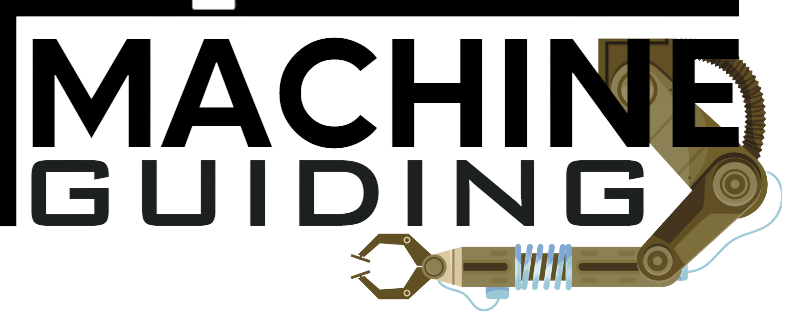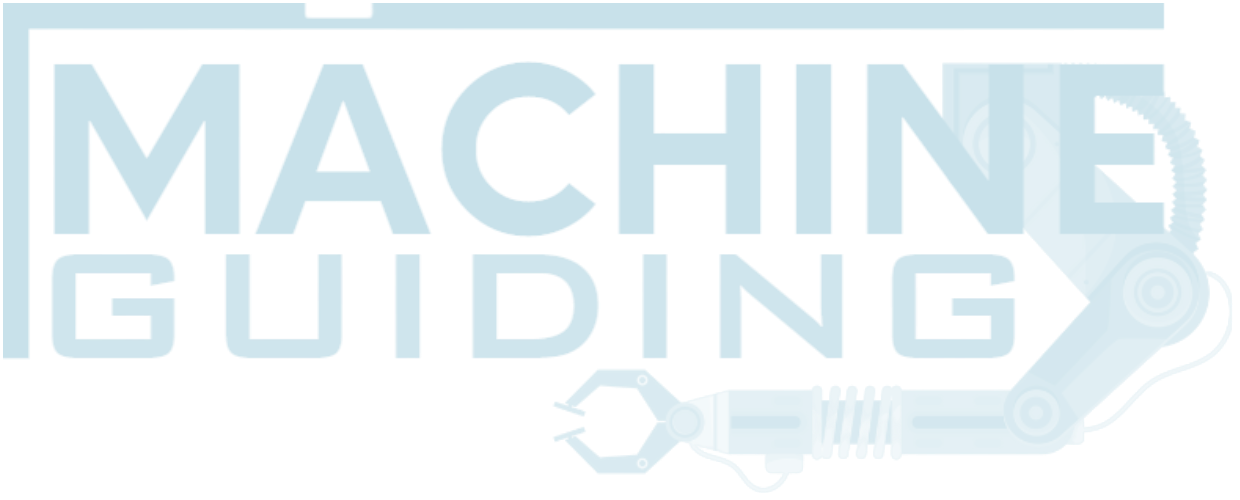Image registration and alignment are fundamental processes in computer vision that enable the analysis and interpretation of visual data. Researchers and practitioners can extract valuable insights and unlock myriad applications in medical imaging, remote sensing, and robotics by aligning and integrating multiple images or image modalities.
This article explores the significance of image registration and alignment techniques, shedding light on their capabilities, challenges, and ethical considerations. By delving into these processes’ potential benefits and drawbacks, we aim to foster a comprehensive understanding of their implications in computer vision.
Improved Accuracy and Enhanced Visual Analysis
Image registration and alignment techniques play a pivotal role in enhancing the accuracy and reliability of visual analysis. Researchers can create composite images that provide a more comprehensive view of a scene or object by aligning multiple images or modalities. This process enables the extraction of meaningful information that may be obscured or fragmented in individual images.
For instance, in medical imaging, the alignment of multiple scans allows physicians to detect and track changes in patient conditions more effectively. Similarly, in remote sensing, aligning images from different sensors can help identify changes in land cover or monitor environmental factors.
Efficient and Time-Saving Applications
Image registration and alignment techniques also contribute to developing efficient and time-saving applications in computer vision. By accurately aligning images, tasks such as object recognition, image segmentation, and image fusion can be performed more effectively. For example, aligning real-time camera images with preexisting maps in autonomous vehicles enables precise localization and navigation.
In augmented reality applications, image registration facilitates the seamless overlay of virtual objects onto real-world scenes, enhancing user experiences. Furthermore, image alignment enables the creation of panoramic images and mosaics, providing a wider field of view and reducing the need for physical movement or large-scale data acquisition.
Ethical Considerations and Limitations
While image registration and alignment techniques offer numerous benefits, addressing their application’s ethical implications and limitations is crucial. Privacy concerns arise when aligning images that contain personal or sensitive information. The alignment of multiple images may inadvertently reveal details or patterns that individuals expect to remain private, necessitating robust data protection measures and adherence to ethical guidelines.
Furthermore, biases can be introduced during the registration and alignment process. If the algorithm used for alignment is biased towards certain features or image characteristics, it can lead to distorted representations or unfair outcomes. For instance, in facial recognition systems, misalignments can disproportionately affect individuals from underrepresented groups, leading to erroneous identifications and potential discrimination. Ethical considerations mandate the development and use of unbiased registration and alignment techniques that treat all individuals fairly and equitably.
Moreover, the accuracy and reliability of image registration and alignment techniques can be limited by image quality, noise, and occlusions. In complex scenes or challenging imaging conditions, achieving precise alignment may be difficult. Acknowledging these limitations and communicating them transparently to users and stakeholders to manage expectations and avoid potential misinterpretations or misuses of the generated results is essential.
Conclusion
Image registration and alignment techniques form the backbone of advanced visual analysis in computer vision. By aligning and integrating multiple images, these techniques enable improved accuracy, enhanced visual analysis, and the development of efficient applications across various domains. However, addressing the ethical considerations and limitations associated with their deployment is crucial. Protecting privacy, mitigating biases, and acknowledging the limitations of image registration and alignment algorithms are essential for responsible and beneficial use.
By embracing a comprehensive understanding of these techniques and actively incorporating ethical guidelines, we can leverage the power of image registration and alignment to unlock new frontiers in computer vision while ensuring the technology is used ethically and in the best interests of society.















